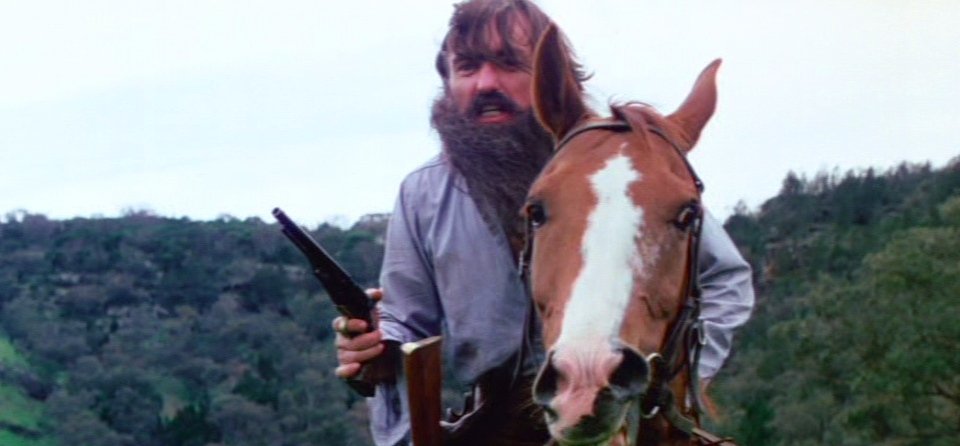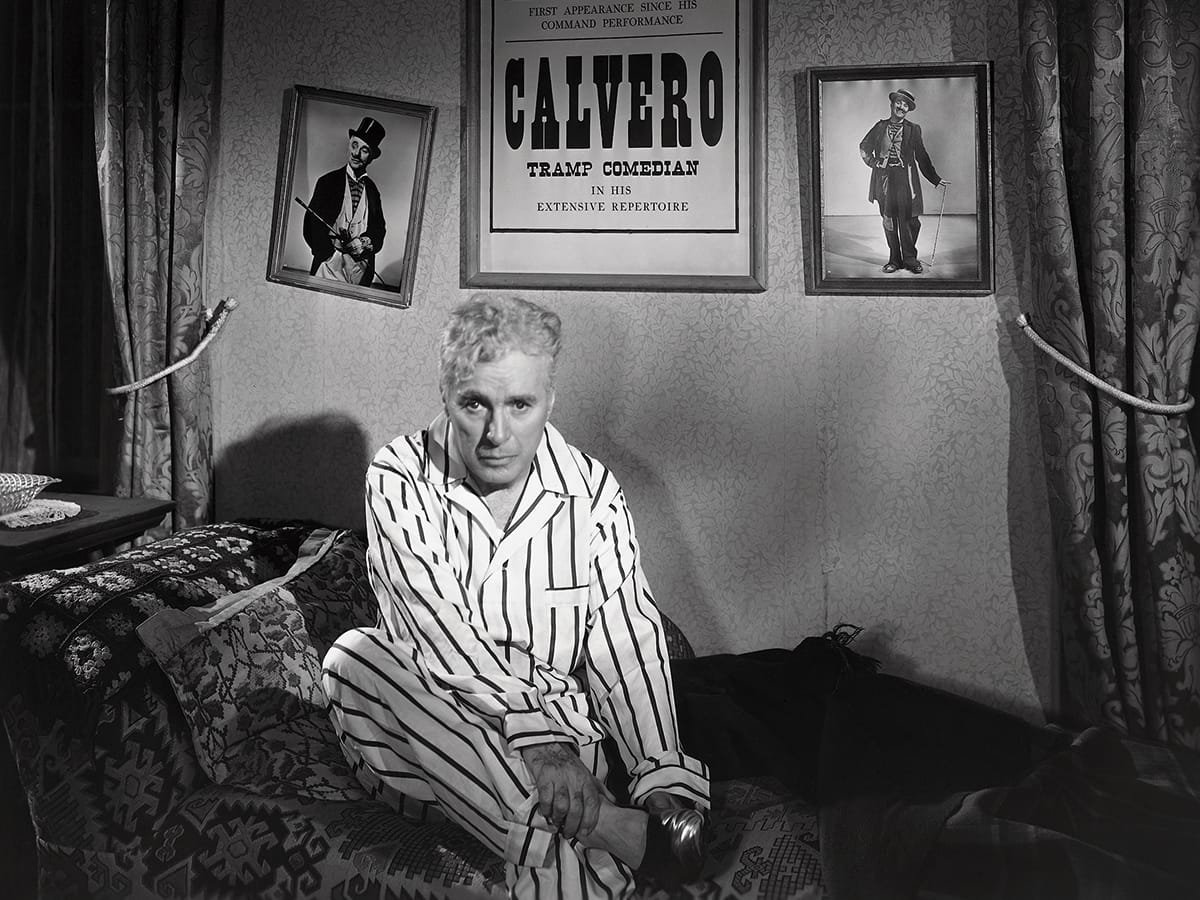FILM FILINGS 4-29-23
Sam Stephens: Peter O’Toole & Cornel Wilde Colonial Adventure Critiques
Christopher Witty: Ozploitation Classics
Jordan Poss: Theatre Chauvinism
Nathan Gilmore Sunday Movie Reviews
1. SAM STEPHENS: TWO 1965 COLONIAL CLASSICS
Lord Jim, dir. Peter Brooks (1965). A strange film which has a lot of similarities to Lawrence of Arabia. From what I understand the novel even has a character named Sherif Ali. Whether the Lawrence script took from that (both portray largely Muslim cultures) or if it's just a different kind of coincidence, I don't know. But watching O'Toole in his naive, boyish ways learn the harsh truths about courage and cowardice and leading men and women to their deaths is a fascinating journey.
Lord Jim is not a fast-paced thing, and it expects your attention throughout. I won't say it couldn't have been better in smoothing out some of the tonal differences carried from the book, but it does have a soft, dreamlike effect throughout the first half of the film which carries you along. The dialogue is oddly always philosophical—even in the middle of battle—and there are some horrors this 1965 adventure-drama doesn't flinch from: men tied to stakes, looking genuinely half-dead; horrible wounds inflicted; a torture scene in which O'Toole conveys even better the pain endured than in his oscar-nominated Lawrence. This is probably not everyone's cup of riverboat tea, but it is strong, interesting, heroic and romantic, believing and unbelieving, optimistic and cynical.
The Naked Prey, dir. Cornel Wilde (1965). I first saw The Naked Prey on VHS back in the early 90s when I was very young. It was one of my dad's favorites. Revisiting it all these years late was an interesting experience. The film is visceral. We begin with a thorough critique of the colonialist mentality. Safari hunters shoot two dozen elephants with rifles for ivory. It's all in a day's work--until they meet a tribe that asks for a small gift for their leader. When that gift is refused, we are taken to the other end of the spectrum--the barbarity of certain tribes: their invention is of intricately grotesque deaths—baking a fellow tribesman caked in mud over a pit (one thinks also of the ancient Greek torture of the brazen bull, or Ivan the Terrible's killing of people on a large grill); killing the main safari hunter by pinning him to the ground and watching a cobra, surrounded by flames, make it's angered and cornered deadly strike.
The essayist in the Criterion Blu-ray booklet makes the point that the film is "not quite politically correct", that it plays neutrally with each side. Therein lies the lesson: that mankind trades civilized barbarities for primitive ones, and that these two "worlds" are really one and the same. All this is prelude to the chase itself—a frightening run across the landscape, a journey on which even the pursuers are shown to have doubts and failings, intercut with the animal kingdom's own chases and dangers. A film you should not miss seeing. It is truly unique.
2. CHRIS WITTY: OZPLOITATION CLASSICS
Chris Witty reviews 10 Australian classic films, with helpful comments on the really early days of cinema. Did you know Australia produced the first feature-length film in 1900? I didn’t, and though I’m a fiend for filmographies, I hadn’t heard of all the titles that Witty reviews here. A taste of his review of Mad Dog Morgan before you go on to the rest:
Filmed during Hopper's almost mythical 20 year period of drug and alcohol dependency, his performance is both fiercely intense and somewhat pitiful. Like Hopper, Morgan was a product of both the environment and times he was born into, a thorn in the side of a staid establishment whose rejection led to both men going into self-imposed exile — Hopper in New Mexico, Morgan in the bush.
Clearly inebriated in some scenes, Hopper improvises lines and actions that add to Morgan's hair-trigger personality, the actor embodying the role further by speaking in an Irish accent on set, and refusing the bathe, much to the chagrin of the costume department. With his costumers threatening to strike, Mora stepped in, telling Hopper that Morgan bathed regularly in the Murray River, conveniently situated behind where Hopper was standing. Keeping in character, Hopper ran fully clothed into the water.
3. JORDAN POSS: THEATRE CHAUVINISM
Over at his blog Jordan Poss writes eloquently on the importance of the communal experiences of movie theatres:
Third, for all the understandable complaints about the way people behave in theatres now, there is something good about seeing a film with a large group of strangers. As I noted when I saw Dune, a movie I wasn’t really looking forward to and was pleasantly surprised by, my enjoyment was enhanced by seeing it with an appreciative crowd. Ditto Top Gun: Maverick and The Batman. Ditto my very first visit to a theatre, The Fellowship of the Ring, an experience I still think about. There is something about communal, in-the-flesh entertainment that can’t be attained watching the same film at home in your pajamas. It’s the difference between a live concert and an .mp3 on your iPod.
4. NATHAN GILMORE: SUNDAY MOVIE REVIEWS
Sunday movie review: “Breaker Morant”, dir. Bruce Beresford (1980). I watched this movie for the first time as a kid… there was an ancient copy rattling around in the British consulate’s library in Peshawar. Of course, I saw it then mostly as an exciting war adventure, and I remember then playing “Boer War” with my brother, our play culminating in heroic execution scenes where we took turns tying each other to a chair, offering a last cigarette rolled from toilet paper and making speeches.
The romance of the film struck me and stuck with me. Watching it now, I appreciate it on several different levels. The Aussie national character— cynical, fatalistic, deeply distrustful of red tape and authority— underpins the whole. The story of three Australian soldiers on trial for war crimes, Bruce Beresford’s interpretation leaves little doubt that he believes the trial was a sham, the accused are innocent, and the prosecution unscrupulous and corrupt.
Harry “Breaker” Morant is a square-jawed, blue-eyed man’s man, and a poet to boot; he was executed in a dirty prison room, not under the breathtaking veldt sky as in the movie. Not quite propaganda, but flirting with it.
This one-sidedness perhaps robs the movie of some dramatic tension, as the verdict seems foregone from the beginning. The trial is so obviously rigged that barely any suspense is possible. It’s hard to get swept up in the emotional drama, since Beresford takes for granted that we will sympathize with the Australian side. But within the film itself is that streak of honest bitterness, encapsulated in Morant’s chosen epitaph. It is the struggle of the common man in the face of the faceless bureaucracy, the foot soldiers of empire become disenchanted with the emperors. And the timelessness of that conflict makes “Breaker Morant” worth watching.
Sunday Movie Review: “Limelight” dir. Charlie Chaplin (1952). “Limelight” strikes an opening note much darker than any other Chaplin. A woman lies half-dead, an apparent suicide attempt. Chaplin happens upon her and is pressed into service taking care of her as she recovers. In a slapstick flashback, we learn that Chaplin’s character is a former comedian, and the lady he is caring for was a dancer.
They see their lives in showbiz differently: she lives for it, still, perhaps because of her youth. Chaplin is older, jaded and cynical. More than any other Chaplin character, this one is autobiographical. We can see him, toward the final curtain call of his own career, and maybe the stagelights have already faded. As he prepares for his final performance, Chaplin the director’s love for his art is evident. We are treated to a wonderful dance rehearsal where the scenery is changed and stagehands glide expertly through their roles. The funniest bit of the entire movie is the moment when Chaplin “encourages” a stage-frightened young actress with a literal smack in the face. The veteran of the stage knows this: the show must go on, at any cost.
And Chaplin knows himself, knows his character. The girl he befriends comes to love him, and loves him for “his soul, his sweetness, his sadness”— those essential qualities that made The Little Tramp exactly what he was. Even as a hard-luck street performer, that underdog optimism is his saving grace.
He is, after all, playing a version of himself— down to a fake bootblack mustache. And that is what he wants, isn’t it? To hear once again the laughter and applause? Is it? That is the rich undercurrent of melancholy in “Limelight”: the life of an actor may become so inextricably linked with his character that he is no longer himself. Yet, for that depersonalizing effect, this is Chaplin’s swan song, his love letter to the theater. The cameo by Buster Keaton— that is a gift to the audience.
The faults: “Limelight” gives full vent to Chaplin’s sentimentality, and it cloys at times. The comedy is sparse and sporadic, though when it works it is wonderful.
But this is Chaplin’s most personal film, a fitting denouement to career unmatched in the world of stagecraft.





